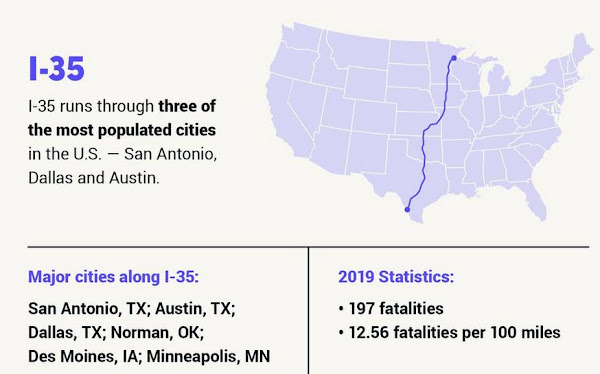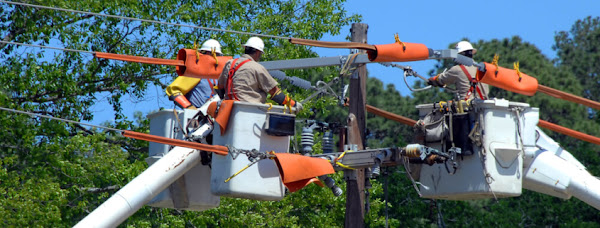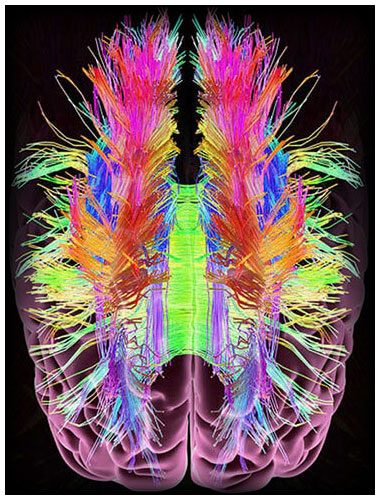We drive on highways every day, but some are more dangerous than others. Whether it’s because of a high speed limit, the volume of cars traveling it, or the condition of the road, some highways consistently have more crashes than others. Every year, over 30,000 people are killed in road crashes in the United States.
The number of deaths on the 100 most dangerous roads accounted for 10% of the fatalities in the entire country from 2015 to 2019. There were 109.6 fatalities for every 100 crashes on the country's 100 deadliest roads.
TEXAS HIGHWAYS
I-20 ranks at No. 2 and I-35 is at No. 5 based on data gathered from the National Highway Traffic Safety Administration and the State Department of Transportation.
Interstate 20 and Interstate 35 are among the top five deadliest roads in the U.S. according to the National Highway Traffic Safety Administration (NHTSA).
IH 20
As one of the shortest highways on the list, I-20 stretches from West Texas to South Carolina, going through North Texas; Jackson, Miss.; and Atlanta, Georgia. But it records the second-highest rate of fatalities per mile. In 2019, the NHTSA listed 13.52 fatalities per 100 miles on Interstate Highway 20.
IH 35
I-35 stretches from Minnesota to South Texas, including Dallas-Fort Worth, Austin and San Antonio. Last February, icy conditions lead to a major accident on Interstate 35 West in Fort Worth, Texas. At least six people have died and at least 36 people were taken to area hospitals.
The State Department of Transportation recently unveiled a new campaign, #EndTheStreakTX,to reduce traffic deaths.
Being aware of dangerous roads is the first step in making them safer. Every driver plays an essential role in maintaining the safety of our highways, and learning to practice safe driving principles behind the wheel — every time — is each person’s responsibility.
While certain roads are labeled more dangerous than others, the fact is, about 90% of crashes are due to human error.
Holiday Travel
The holiday season marks the time of year when more people are behind the wheel and have more distractions than usual.
Winter holiday traffic is full of its own risks. Although the rate of crashes typically declines slightly on the actual day of the holiday, the days around that holiday see an uptick in crashes as more cars crowd the roads. Whether people are traveling to see family, on their way to the shopping mall, or out for a holiday party; you’ll share the road with more drivers, which means you have to watch out for more driving hazards.
Avoiding Holiday Driving Dangers
Drunk Drivers
While New Year’s Eve is often assumed to be the holiday with the most alcohol-related crashes, Halloween actually has three times more fatalities than December, 31st. Numbers from the National Highway Traffic Safety Administration showed that from 2009 to 2013, 43 percent of all fatal crashes on Halloween were alcohol-related.
Throughout the holiday season, as company and private parties occur on a daily basis, the risk of crashes increases. Between Thanksgiving and New Year’s, two to three times more people die in alcohol-related crashes than during the rest of the year, and an estimated 25,000 people will be injured in crashes attributed to drinking and driving.
Distracted Drivers
Distracted driving is always a concern when you’re behind the wheel, but distractions can increase during the holiday season. In addition to drivers using mobile phones to call or text friends and family, they may be online shopping for a gift item or looking up directions to a store.
While distracted driving has become a bigger problem in recent years, during the holiday season it’s even more likely to present challenges for everyone on the road.
Drowsy Drivers
Drowsy drivers are also abundant during the holiday season. With an increase in activities, many drivers are overextended. Then there are the hangovers as a result of those holiday parties, which add to the feeling of fatigue and cause slower reaction times.
When drivers haven’t had enough sleep, they’re at a greater risk for a crash. A study from the NHTSA estimates that in 2017, 91,000 police-reported crashes involved drowsy drivers. These crashes led to an estimated 50,000 people injured and nearly 800 deaths, and industry experts say that collisions resulting from fatigued and sleepy drivers are on the rise.
New/Unfamiliar Drivers
Sometimes sharing traffic lanes with inexperienced or unfamiliar drivers can be frightening. They may not be familiar with driving in heavier traffic and may make sudden stops or other abrupt moves. Or, you may find yourself in traffic with out-of-towners who don’t know the area and make sudden turns, lane changes and exits.
With more people traveling across roads they’re not familiar with during this time of year, the likelihood for crashes increases.
Weather Hazards
In addition to the need to be aware of what other drivers are doing around you, the timing of the holidays brings its own set of challenges. The potential for ice and snow make winter weather driving more treacherous.
According to the U.S. Department of Transportation’s Federal Highway Administration, about one-fourth of all weather-related vehicle crashes occur on pavement that is icy or snowy. About 15 percent of crashes happen when snow or sleet is falling.
More than 1,300 people die each year as a result of crashes on roads due to inclement weather. These conditions, combined with other holiday hazards, can make for dangerous driving situations. For drivers who must spend a large part of their time behind the wheel, learning how to prepare for and manage such situations can truly mean the difference between life and death.
ARRIVE SAFELY
Implementing these principles is an effective way to increase your odds of arriving safely at your destination this holiday season:
- Aim High In Steering: Look ahead at least 15 seconds (2-3 car lengths ahead) in traffic to see where you’ll be and anticipate what you might need to do to manage that situation
- The Big Picture: Although holiday traffic is well known for its bumper-to-bumper traffic, taking the time to adjust your “following distance” and looking for the safest position in traffic can provide you with the space you need
- Leave Yourself An Out: By creating a cushion of space around your vehicle, you can give yourself an “out” when an unsafe situation arises
CONTACT MILLER WEISBROD
Getting into a car accident can be extremely emotional and stressful experience. If you have been involved in an accident during the holidays, it is important to find legal representation from an experienced personal injury lawyer. At Miller Weisbrod, we understand the stress accompanied by car accidents and are dedicated to taking a personalized approach to every case.
If you are looking to discuss your car accident case with a personal injury lawyer, Miller Weisbrod Attorneys At Law are here to help. Call us today at (888) 987-0005 or fill out the form on this page for a free initial case evaluation.
















































